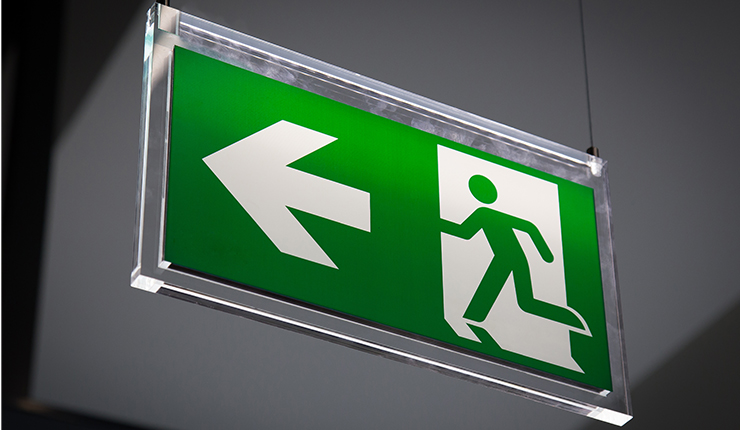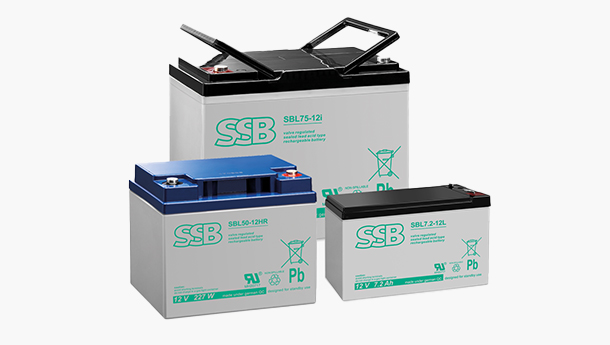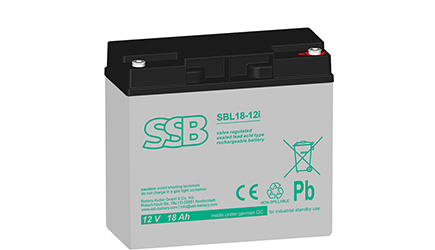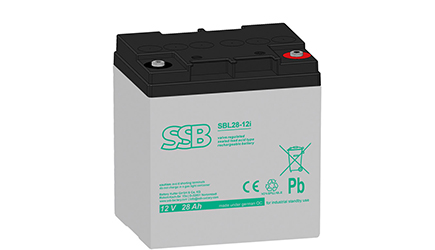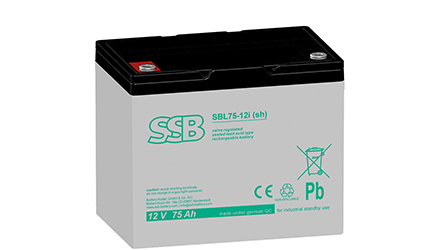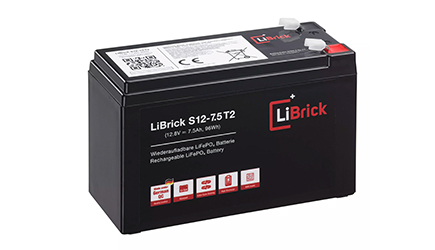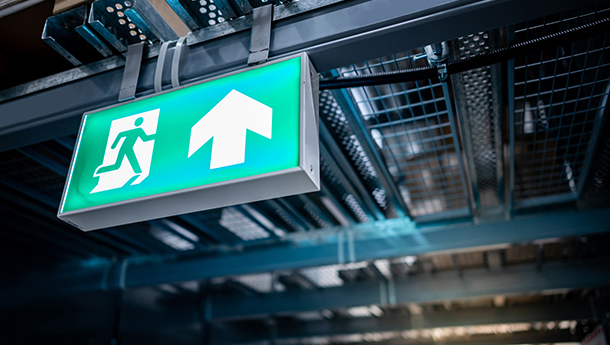
What is emergency lighting and how does it work?
Emergency lighting is essential in the event of a power failure in public buildings. It protects against accidents and panic and enables people to leave the building and get to safety in an emergency. The lighting must function reliably, reach its maximum brightness in a short time and remain effective thanks to a rechargeable battery.
It is therefore particularly important that the emergency lighting with rechargeable battery is a second lighting system – independent of the general supply. A safety power source or fire-retardant cabling is essential here. The safety power source, also known as a backup power source, can be a generating set or battery system.





